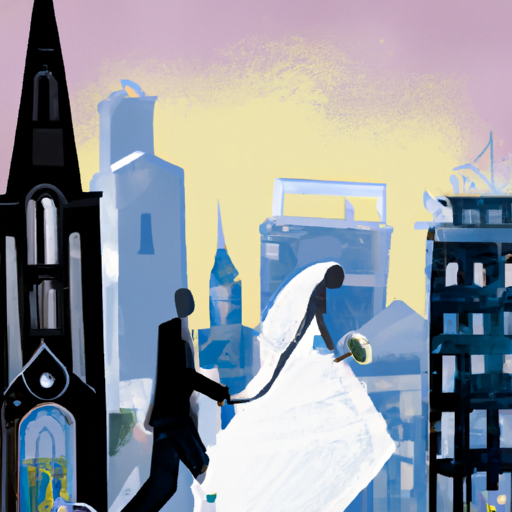This might be the most intersectional or “woke” take on urban studies I’ve seen yet. That it’s from 2004 is surprising, first wave woke, an early adopter certainly in terms of the topic of municipal consolidation.
Marriage is a union, the basis of the family unit in the ideal and a solemn contractual obligation, that it’s used in regard to local government, rule of law and the conduct of individual cities as political units seems completely appropriate. Self government as a gift to bestow on future generations, a democratic inheritance that represents both freedom and responsibility, concerns that certainly align with progeny and lineage along with other aspects of the familial frame.
“We argue that consolidation is represented in gendered and sexualized terms so that the question of municipal expansion became insulated from moral, racialized, and environmental concerns about the “threats” of the big city. Our analysis has contemporary relevance because it suggests the sexist and heterosexist norms that may be embedded in the noblesse oblige of contemporary municipal consolidation. It also suggests a way of looking at contemporary municipal boundary changes through a normative lens that takes us beyond economic notions of self-interest.”
In this article, we examine the processes by which urban space became sexually coded through municipal consolidation in the nineteenth century. Our analysis covers the union of Van Vorst Township to Jersey City in 1851 and the absorption of the City of Brooklyn to “Greater New York” in 1898. In both cases, urban space was gendered and sexualized through courtship and marriage metaphors used by local newspapers.
Published in Urban Affairs Review | Richardson Dilworth | 2004 https://www.semanticscholar.org/paper/When-Cities-Get-Married-Dilworth-Trevenen/a2ca8f17cce491477a6811e6fa66874c7a7820fe

